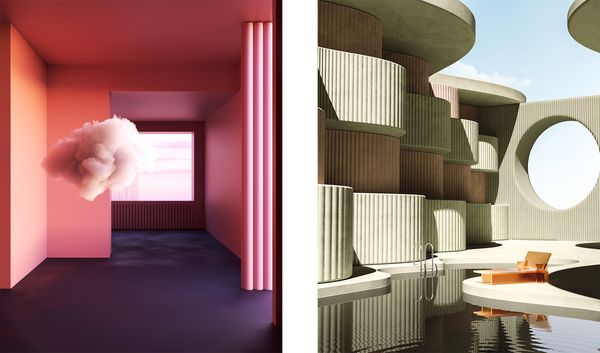Apparently we need to prepare for more severe heatwaves than ever before, which is not only justified by the scientific research on climate change, but is something we can also feel on our skin, too. Sony proposes a solution for this challenge with its latest gadget: an air conditioner that can fit into your pocket.
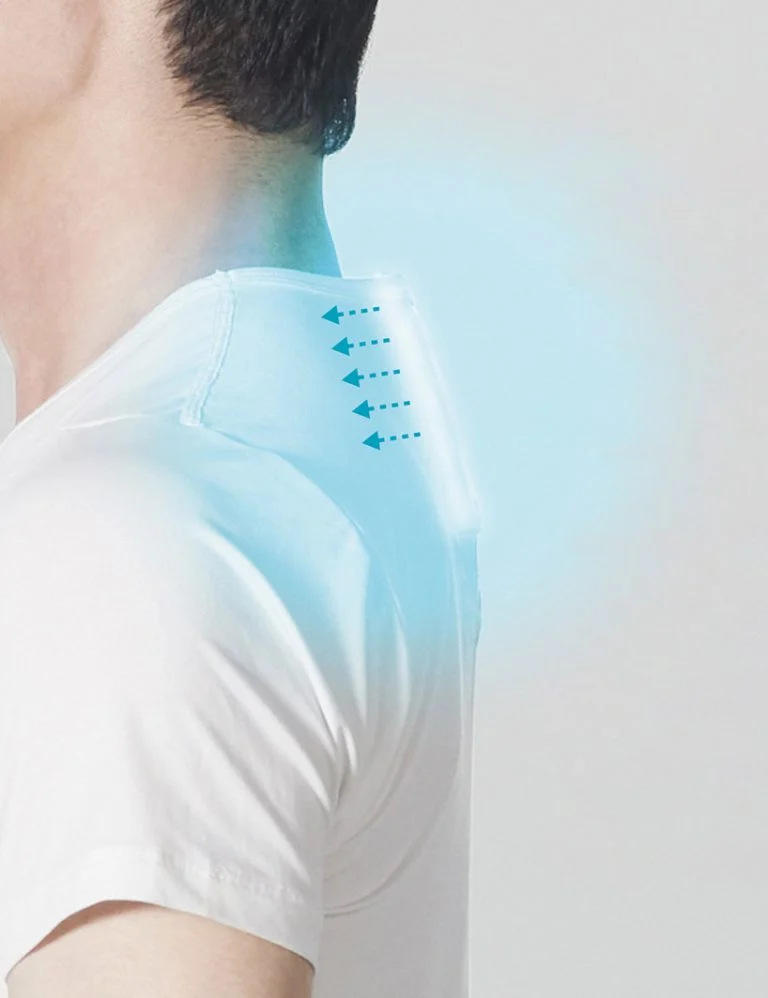
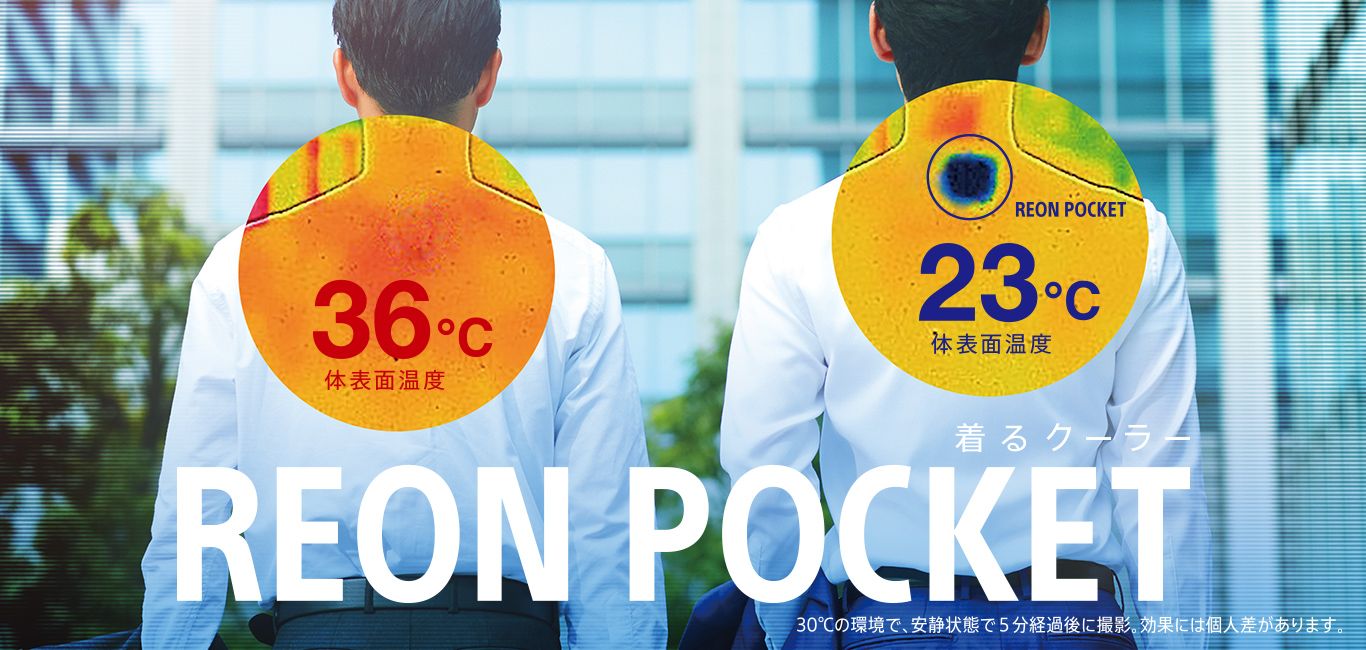
Sony startup Reon Pocket develops the device capable of reducing your temperature by up to 13 degrees Celsius, but it can also increase it by up to 8 degrees Celsius in winter time owing to its heating function. The designers of the product designed an ergonomic, pebble-shaped device, as a result of which not only is its effect refreshing in the hot summer days, but its sight too.

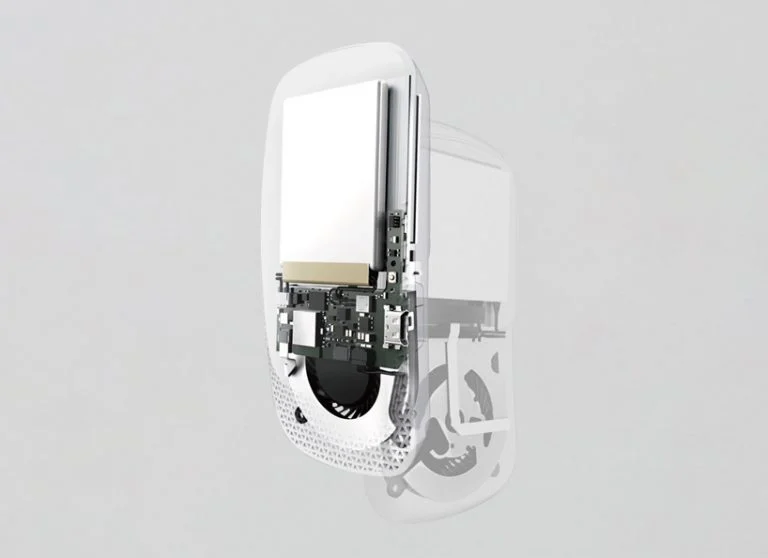

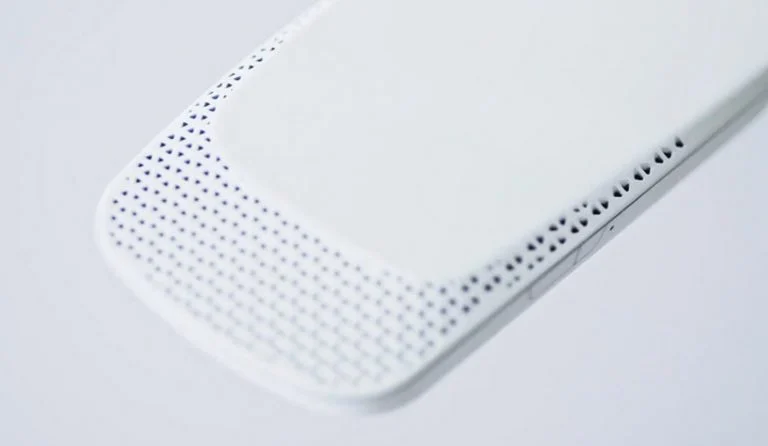
The desired temperature can be set via Bluetooth.


source: designboom

On the edge of the virtual world
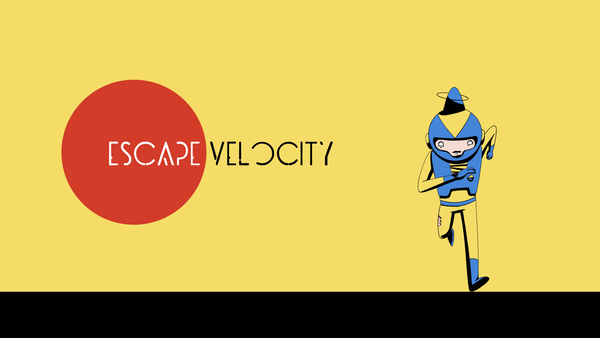
Escape Velocity | Tamás Rebák’s short film
